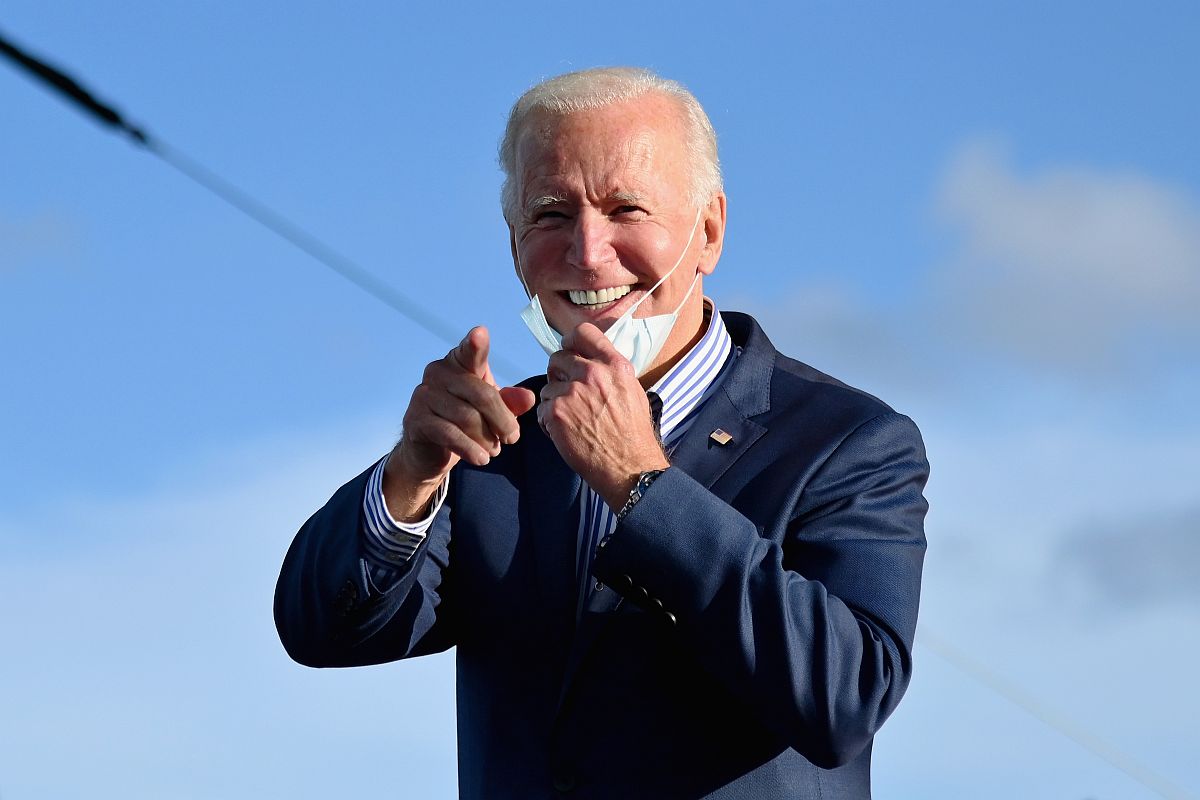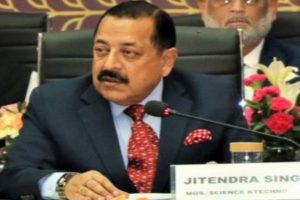US Secretary of State Antony Blinken’s mission to Israel and the West Bank has served to underscore the importance that America attaches to the ceasefire effected by Tel-Aviv and the Hamas to end the fierce hostilities that spanned eleven days.
The other objective arguably is to bolster the ceasefire in Gaza and help to speed up humanitarian assistance to the devastated Palestinian enclave. In parallel to the Blinken mission, Israeli authorities said they were allowing fuel, medicine and food earmarked for Gaza’s private sector to enter the territory for the first time since May 10.
In a rapid-fire survey of the Middle East, Blinken is also scheduled to visit Ramallah in the occupied West Bank, Cairo and Amman, with the United States harbouring “every hope and expectation” that the ceasefire ~ described as fragile ~ will continue to hold. “Our primary focus is on maintaining the ceasefire, getting the assistance to the people who need it,” said a State Department official.
Markedly, President Sisi’s Egypt had brokered the truce, in coordination with America. Nonetheless, it is too early for wider peace talks between Israel, in political flux after four inconclusive elections in two years, and the Palestinians, divided by enmity between Hamas and President Mahmoud Abbas, who is backed by the Western powers.
This is the dichotomy in the Middle East narrative.
President Joe Biden has said that a two-state solution is the only answer to resolving the Israel Palestinian conflict. He has pledged a major package with other countries to help rebuild Gaza.
Israeli-Palestinian peace negotiations collapsed in 2014. Blinken’s agenda includes talks in Jerusalem with Israeli Prime Minister Benjamin Netanyahu and a meeting in the West Bank city of Ramallah with President Abbas.
The right-wing Netanyahu, who usually avoids using the term “Palestinian state”, had been on a stronger wicket with Donald Trump, who had cut off US aid to the Palestinians and promoted a peace plan that envisaged Israel holding on to most of its settlements in the West Bank.
The volatile region now appears to be headed towards a paradigm shift in geostrategy. The hostilities were set off in part by Israeli police raids on the Al-Aqsa mosque compound in Jerusalem and clashes with Palestinians during the holy month of Ramadan. At least 253 people were killed in Gaza and more than 1,900 wounded, health authorities said, during the heaviest Israeli-Palestinian fighting in years.
The Israeli military put the death toll in Israel at 13, with hundreds treated for injuries after rocket salvoes caused panic and sent people as far away as Tel Aviv rushing into shelters. Palestinian officials put reconstruction costs at tens of millions of dollars in Gaza. Israel has blockaded the territory since 2007, in what Palestinians condemn as collective punishment. Egypt also maintains restrictions on its border with Gaza. Both countries cite security concerns for the measures.
It devolves on Blinken to ensure that the truce endures.












